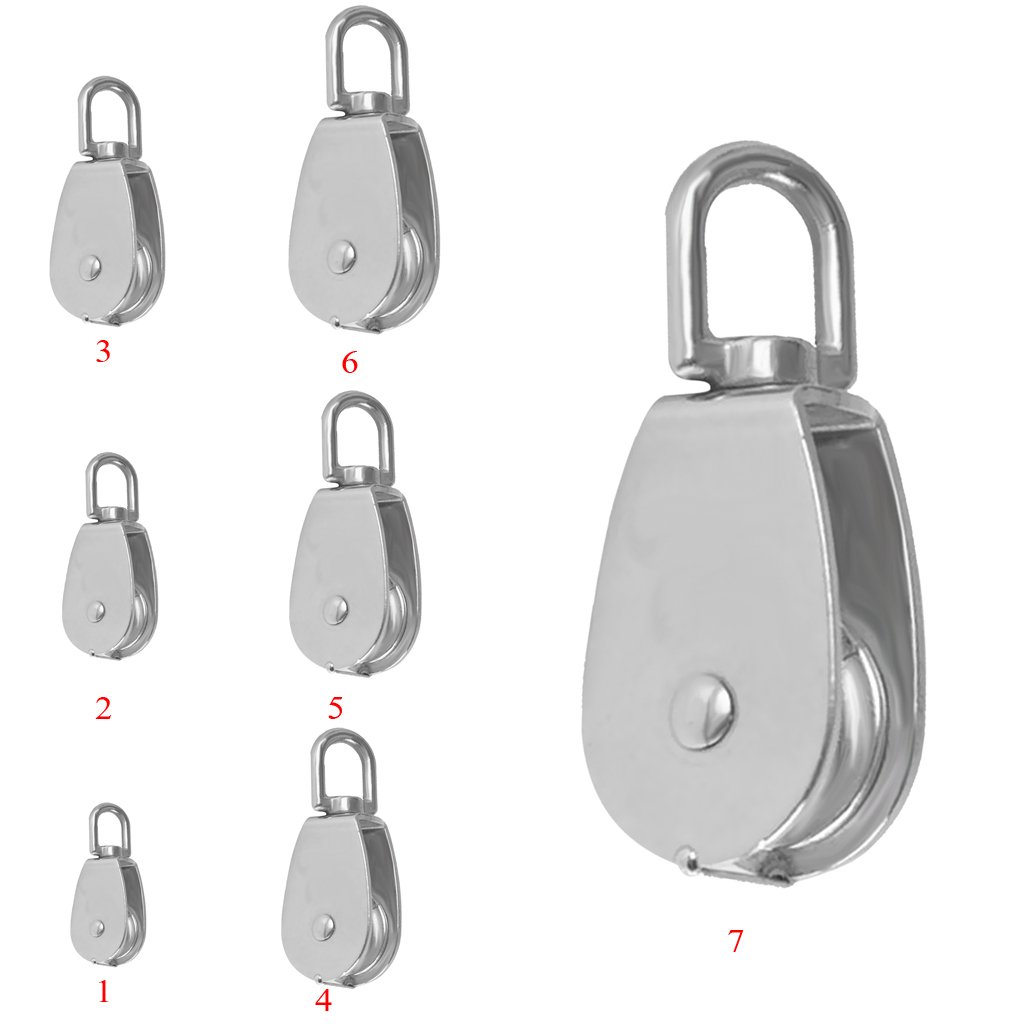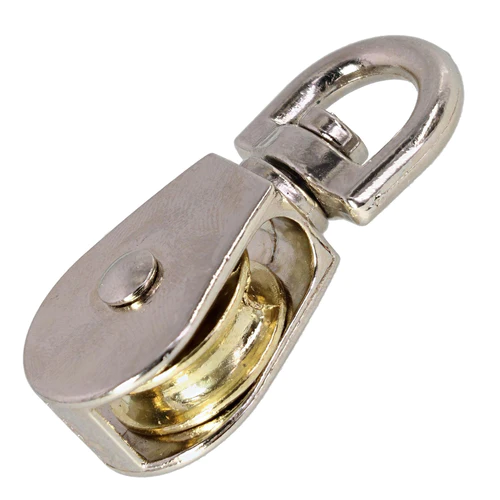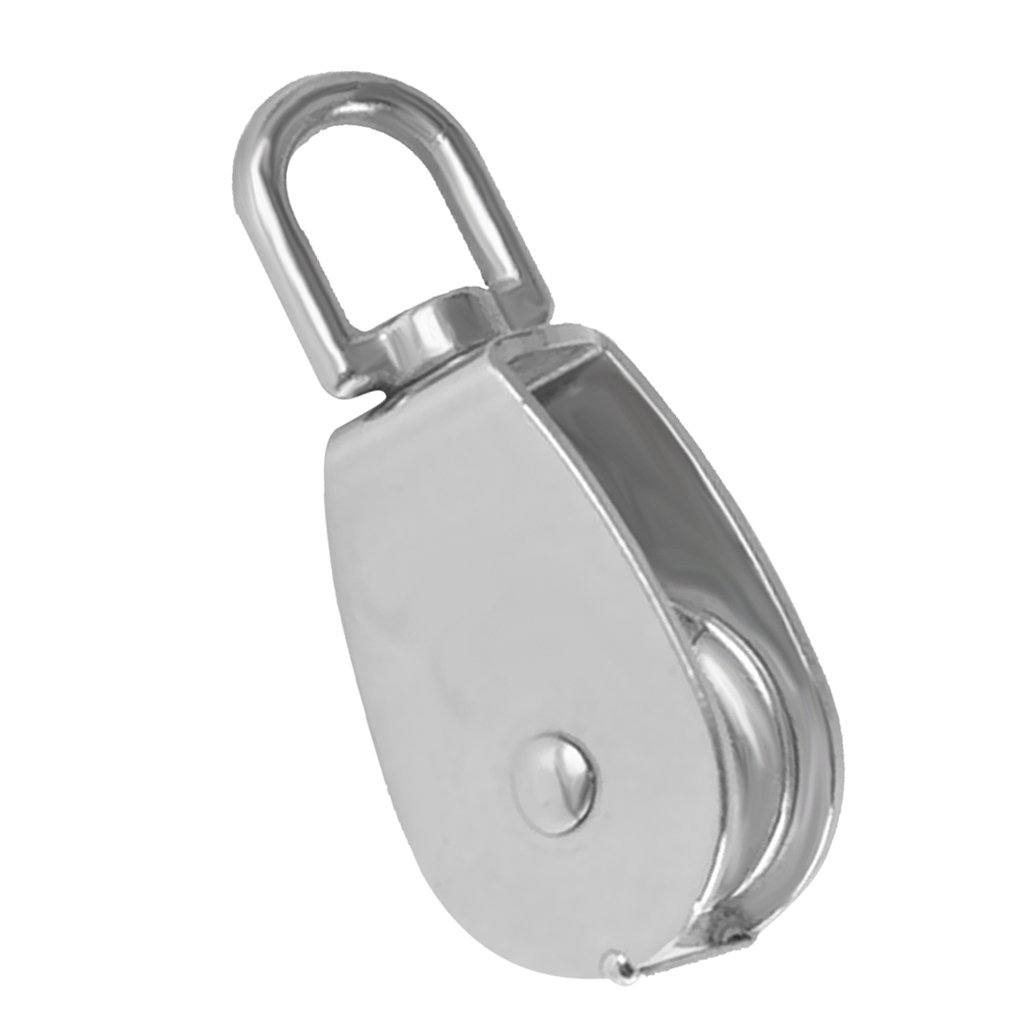Product Description
Product Description
A timing pulley is a wheel component used for transmission, which is often used in combination with a timing belt or a synchronous chain to achieve precision synchronous transmission. The timing pulley usually consists of 2 parts: the wheel flange and the hub. The wheel flange usually has a toothed structure that can be combined with a timing belt or chain to achieve a precise synchronous transmission effect. Synchronous wheels can be divided into 2 categories: grinding gear synchronous wheels and forged tooth synchronous wheels.
Product Parameters
| product | high precision and high quality Cone sleeve timing pulley |
| material | stainless steel , iron , aluminum ,bronze ,carbon steel ,brass etc . |
| size | ISO standard ,customer requirements |
| BORE | Finished bore, Pilot Bore, Special request |
| surface treatment | Carburizing and Quenching,Tempering ,Tooth suface high quenching Hardening,Tempering |
| Processing Method | Molding, Shaving, Hobbing, Drilling, Tapping, Reaming, Manual Chamfering, Grinding etc |
| Heat Treatment | Quenching & Tempering, Carburizing & Quenching, High-frequency Hardening, Carbonitriding…… |
| Package | Wooden Case/Container and pallet, or made-to-order |
| Certificate | ISO9001 ,SGS |
| Machining Process | Gear Hobbing, Gear Milling, Gear Shaping, Gear Broaching, Gear Shaving, Gear Grinding and Gear Lapping |
| Applications | Toy, Automotive, instrument, electrical equipment, household appliances, furniture, mechanical equipment,daily living equipment, electronic sports equipment, , sanitation machinery, market/ hotel equipment supplies, etc. |
| Testing Equipment | Rockwell hardness tester 500RA, Double mesh instrument HD-200B & 3102,Gear measurement center instrument CNC3906T and other High precision detection equipments |
workshop & equipment
Production process
Certifications
Our Advantages
1 . Prioritized Quality
2 .Integrity-based Management
3 .Service Orientation
4 .150+ advanced equipment
5 .10000+ square meter factory area
6 .200+ outstanding employees
7 .90% employees have more than 10 year- working experience in our factory
8 .36 technical staff
9 .certificate ISO 9001 , SGS
10 . Customization support
11 .Excellent after-sales service
shipping
sample orders delivery time:
10-15 working days as usual
15-20 working days in busy season
large order leading time :
20-30 working days as usual
30-40 working days in busy season
FAQ
1. why should you buy products from us not from other suppliers?
We are a 32 year-experience manufacturer on making the gear, specializing in manufacturing varieties of gears, such as helical gear ,bevel gear ,spur gear and grinding gear, gear shaft, timing pulley, rack, , timing pulley and other transmission parts . There are 150+ advanced equipment ,200+ excellent employees ,and 36 technical staff . what’s more ,we have got ISO9001 and SGS certificate .
2: What are the common types of tooth profiles for synchronous belt pulleys?
A: The most common tooth profiles for synchronous belt pulleys are the trapezoidal (or T-type) and curvilinear (or HTD-type) profiles. The tooth profile determines the pitch diameter, which affects the overall ratio of the gear drive.
3 .How long is the delivery?
A: Small orders usually takes 10-15 working days,big order usually 20-35 days, depending on orders quantity and whether are standard size.
/* January 22, 2571 19:08:37 */!function(){function s(e,r){var a,o={};try{e&&e.split(“,”).forEach(function(e,t){e&&(a=e.match(/(.*?):(.*)$/))&&1
| Certification: | ISO |
|---|---|
| Pulley Sizes: | Type F |
| Manufacturing Process: | Forging |
| Material: | Stainless Steel |
| Surface Treatment: | Electroplating |
| Application: | Chemical Industry, Grain Transport, Mining Transport, Power Plant |
| Samples: |
US$ 5/Piece
1 Piece(Min.Order) | |
|---|
| Customization: |
Available
| Customized Request |
|---|

What safety measures should be followed when working with stainless pulleys in sensitive environments?
Working with stainless pulleys in sensitive environments requires adherence to specific safety measures to ensure the well-being of personnel and the integrity of the surroundings. Here are some crucial safety measures to follow:
- Personal Protective Equipment (PPE): Ensure that appropriate PPE is worn by all personnel involved in working with stainless pulleys. This may include safety glasses, gloves, protective clothing, and, if necessary, respiratory protection. PPE helps minimize the risk of injury from flying debris, chemical exposure, or other hazards.
- Training and Education: Provide comprehensive training and education to personnel on the safe handling and operation of stainless pulleys. Training should cover topics such as proper installation, maintenance procedures, lockout/tagout protocols, and potential hazards associated with pulley operations in sensitive environments.
- Risk Assessment: Conduct a thorough risk assessment of the working environment to identify potential hazards and implement appropriate control measures. This assessment should consider factors such as electrical hazards, confined spaces, chemical exposure, noise levels, and ergonomic considerations.
- Proper Installation: Ensure that stainless pulleys are installed correctly by following manufacturer guidelines and industry best practices. Improper installation can lead to pulley failure, system malfunction, or workplace accidents. Use appropriate tools, equipment, and techniques during installation to prevent damage to the pulleys and ensure secure mounting.
- Maintenance and Inspection: Establish a regular maintenance and inspection schedule for the stainless pulleys. Inspect pulleys for signs of wear, damage, or misalignment. Maintain proper lubrication and cleanliness to ensure smooth operation and prevent premature failure. Replace any worn or damaged components promptly.
- Lockout/Tagout: Implement lockout/tagout procedures when performing maintenance or repair tasks on equipment involving stainless pulleys. Lockout/tagout procedures ensure that machinery is de-energized and isolated to prevent accidental startup or release of stored energy, protecting workers from injury.
- Chemical Compatibility: Be aware of the chemical compatibility of stainless pulleys with substances used in the sensitive environment. Certain chemicals or cleaning agents may react with stainless steel, compromising its integrity. Take precautions to prevent exposure of pulleys to incompatible chemicals.
- Emergency Preparedness: Establish emergency response protocols and ensure that personnel are trained in emergency procedures specific to the sensitive environment. This includes knowledge of evacuation routes, first aid, and communication methods in case of accidents, spills, or other emergencies.
- Compliance with Regulations: Adhere to all relevant safety regulations, industry standards, and local laws when working with stainless pulleys in sensitive environments. Familiarize yourself with any specific regulations governing the particular industry and location to ensure full compliance and mitigate risks.
By following these safety measures and promoting a culture of safety, you can minimize hazards and create a secure working environment when working with stainless pulleys in sensitive environments.

How do stainless pulleys contribute to the overall reliability and safety of systems?
Stainless pulleys play a crucial role in ensuring the reliability and safety of various systems. Here’s how they contribute:
- Efficient Power Transmission: Stainless pulleys provide smooth and efficient power transmission in systems that involve belts, ropes, or cables. They enable the transfer of rotational motion, allowing mechanical components to work together effectively. By maintaining proper alignment and tension, stainless pulleys minimize energy loss and maximize system efficiency.
- Reduced Friction and Wear: Stainless pulleys are designed with low-friction surfaces and often incorporate bearings or bushings. These features reduce friction and minimize wear between the pulley and the moving components, such as belts or ropes. By reducing friction, stainless pulleys help increase the lifespan of the system, decrease maintenance requirements, and improve overall reliability.
- Accurate Positioning and Timing: Certain types of stainless pulleys, such as timing pulleys, enable precise positioning and synchronization in systems. They ensure accurate timing of components, such as valves, gears, or conveyor belts. This accuracy contributes to the reliable operation of the system and helps prevent issues such as misalignment or collisions.
- Load Distribution: Stainless pulleys distribute loads evenly across belts, ropes, or cables, preventing localized stress concentrations. This load distribution minimizes the risk of component failure, such as belt or rope breakage, and ensures the system can handle its intended load capacity safely.
- Enhanced Safety Features: Stainless pulleys can be customized with safety features to enhance system safety. Examples include flanges or grooves to prevent belt slippage, guards or shields to protect against accidental contact with moving parts, or anti-backlash mechanisms to prevent sudden reversals. These safety features help mitigate potential hazards and protect personnel and equipment.
- Resistance to Corrosion: Stainless pulleys are highly resistant to corrosion, even in challenging environments. This corrosion resistance ensures their longevity and reliable performance, reducing the risk of pulley failure due to degradation or rusting. Stainless pulleys are commonly used in applications subject to moisture, humidity, or exposure to chemicals.
By providing efficient power transmission, reducing friction and wear, enabling accurate positioning, ensuring load distribution, incorporating safety features, and offering corrosion resistance, stainless pulleys contribute significantly to the overall reliability and safety of systems. They help optimize system performance, minimize downtime, and enhance the longevity of the equipment.

Can you explain the advantages of using stainless steel in pulley construction?
Using stainless steel in pulley construction offers several advantages due to its unique properties. Here are the key advantages of using stainless steel:
- Corrosion Resistance: Stainless steel is highly resistant to corrosion, making it suitable for pulley applications in corrosive environments. The presence of chromium in stainless steel forms a protective oxide layer on the surface, preventing rust and corrosion. This resistance to corrosion ensures the longevity and durability of the pulleys, even in harsh conditions.
- Strength and Durability: Stainless steel pulleys are known for their strength and durability. Stainless steel has excellent mechanical properties, allowing the pulleys to withstand heavy loads, high speeds, and repetitive use without deformation or failure. This strength and durability make stainless steel pulleys ideal for demanding applications that require reliable performance.
- Temperature Resistance: Stainless steel pulleys exhibit excellent temperature resistance. They can operate effectively in both high and low temperature environments without losing their mechanical properties. This makes stainless steel pulleys suitable for applications that involve extreme temperatures, such as in industrial ovens, freezers, or heat treatment processes.
- Hygienic Properties: Stainless steel is a hygienic material, making it ideal for pulleys used in industries with strict sanitary requirements, such as food processing or pharmaceutical manufacturing. Stainless steel has a non-porous surface that is easy to clean and resistant to bacterial growth. This ensures the integrity and cleanliness of the pulleys, contributing to a hygienic and safe production environment.
- Chemical Resistance: Stainless steel pulleys offer good resistance to various chemicals, including acids, alkalis, and solvents. This chemical resistance makes them suitable for applications where exposure to corrosive substances is common, such as in chemical processing plants or wastewater treatment facilities. Stainless steel pulleys can maintain their performance and integrity even in the presence of aggressive chemicals.
- Aesthetic Appeal: Stainless steel pulleys have an attractive and polished appearance. The smooth and shiny surface of stainless steel adds an aesthetic appeal to the pulleys, making them suitable for applications where visual appearance matters, such as architectural or decorative installations.
In summary, using stainless steel in pulley construction provides advantages such as corrosion resistance, strength and durability, temperature resistance, hygienic properties, chemical resistance, and aesthetic appeal. These advantages make stainless steel pulleys a reliable and versatile choice for various industries and applications.


editor by CX
2024-04-10